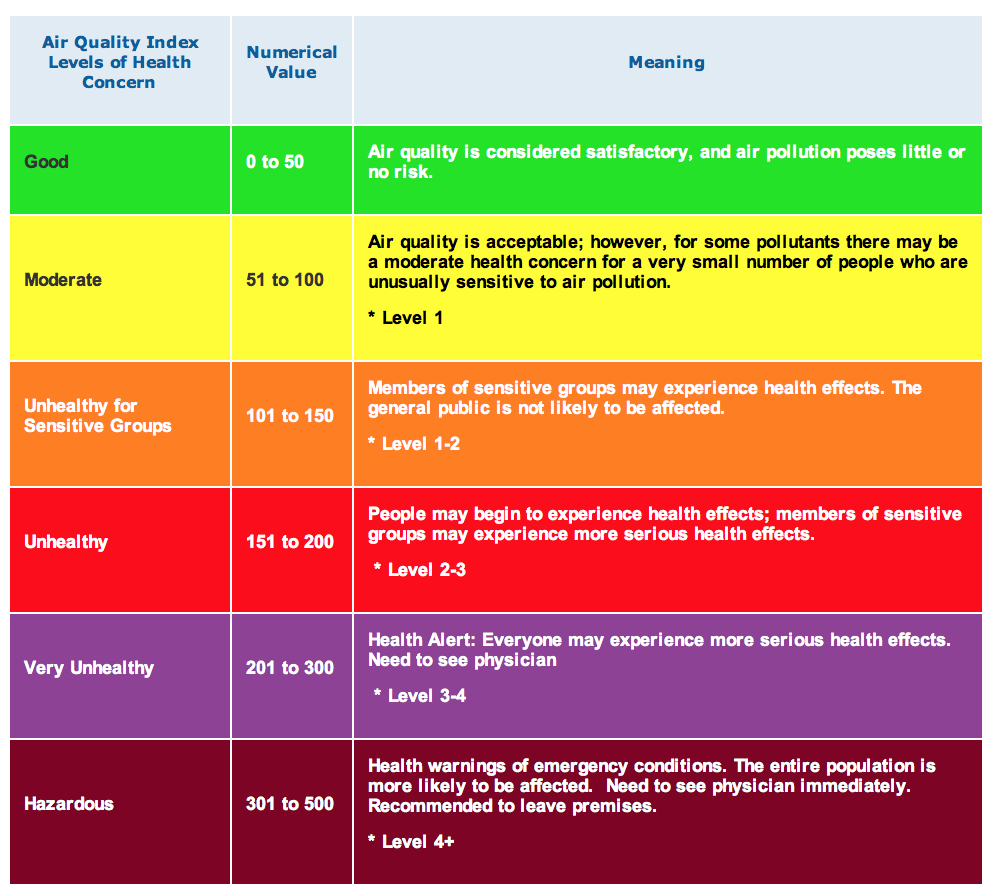Follow Us x
Air Sampling
Taking air samples are important for several reasons. Mold spores are not always visible to the naked eye, and the types of mold present can often be determined through laboratory analysis of the air samples. Samples analyzed can also help provide evidence and determine the severity of a mold problem, as well as aid in assessing human exposure to mold spores.
Air samples can be used to get data about mold spores present in the interior of a house. These samples are taken by using a pump that forces air through a collection device which catches air borne spores.
Outdoor air samples are also taken as a control for comparison to indoor samples. That will help provide a more complete finding of what is in the air that may be entering the property. It is vital to take the outdoor samples as close together in time as possible to the indoor samples that they will be compared with.
Weather conditions can be a factor in getting accurate results. Rainy weather or high winds can cause rapid changes in barometric pressure. And increase the variability of airborne mold-spore concentration. Air samples need to be taken during normal weather conditions for more accurate collection.
Air samples ensure that there isn’t a large source of mold not yet found somewhere in a home. This is because they can detect long chains of spores that are still intact together. These chains normally break apart fast as they travel through the air. Air sampling that reveals intact chains can indicate that there is mold close by, possibly undiscovered during tests and visual examination.
The Air-O-Cell sampling container collects both viable and non-viable particulate such as mold spores, pollen, insect parts, skin cell fragments, fibers (asbestos, fiberglass, cellulose, etc.) and inorganic particles.

Air Quality Index (AQI)
EPA has assigned a specific color to each AQI category to make it easier for people to understand quickly whether air pollution is reaching unhealthy levels in their communities. For example, the color orange means that conditions are "unhealthy for sensitive groups," while red means that conditions may be "unhealthy for everyone," and so on.

